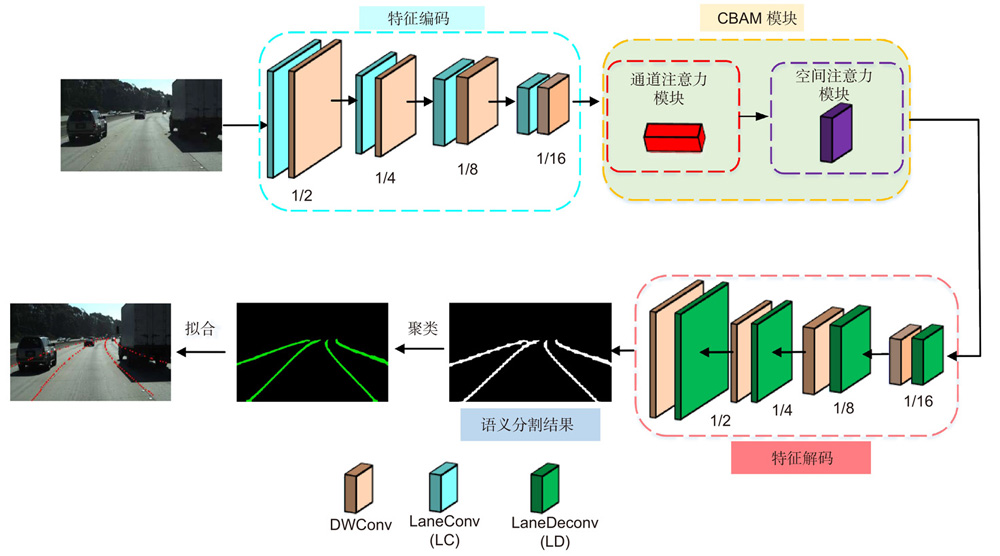Chong Zhang, Yingping Huang, Zhiyang Guo, Jingyi Yang. Real-time lane detection method based on semantic segmentation[J]. Opto-Electronic Engineering, 2022, 49(5): 210378
Search by keywords or author
- Opto-Electronic Engineering
- Vol. 49, Issue 5, 210378 (2022)
Abstract

Set citation alerts for the article
Please enter your email address



